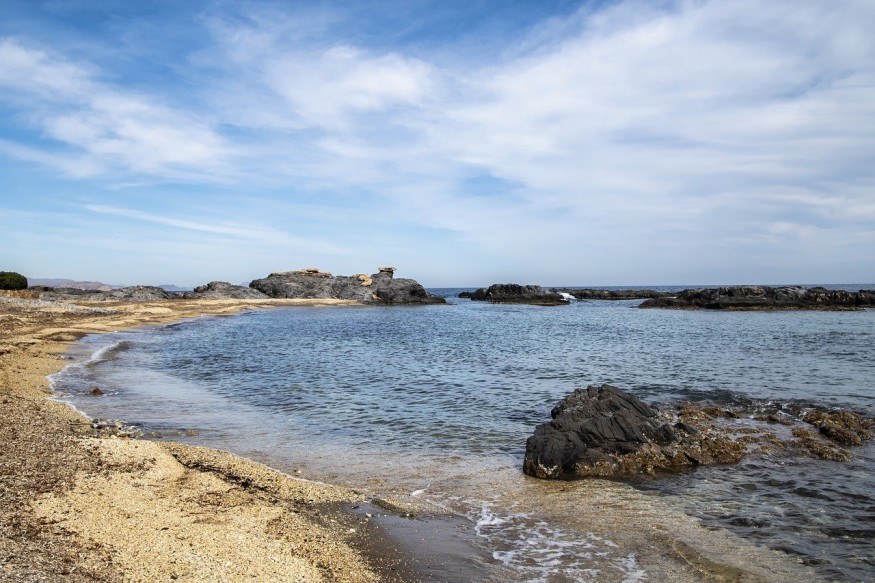Toxic algae have been suspected by scientists to be responsible for sea lion and dolphin deaths along the southern California coast, where the marine mammals washed up on its shores this month alone.
U.S. authorities blame an algae neurotoxin to be specifically behind the incurred sickness and deaths inflicting the animals. It also poses a health risk to humans once exposed.
Reports indicate the algae, called Pseudo-nitzschia, can produce the neurotoxin known as domoic acid, which can travel along the marine food chain, including fish. Once consumed by large sea creatures like sea lions, dolphins, or potentially other species, it can cause various symptoms ranging from lethargy to vomiting, seizures, disorientation, and death.
Also called a harmful algal bloom, toxic algae can inflict negative health hazards to other living organisms since they can produce toxins, in addition to the domoic acid mentioned earlier. In recent years, cases of sickness and fatalities, affecting both humans and animals, have been recorded due to consumption of either terrestrial or marine algae.
Sea Lion, Dolphin Deaths

Dozens of dolphins and hundreds of sea lions have died along the southern California coast, where local authorities received multiple calls of the marine mammals either sick or dying. Authorities believe they were caused by the domoic acid produced by the Pseudo-nitzschia algae, The New York Times reported.
Rescuers involved in the ordeal stated the incident is the worst mass poisoning they have encountered ever. Details of the animal deaths came also when over 1,000 concerned beachgoers informed the Channel Island Marine and Wildlife Institute, according to The New York Times.
What are Toxic Algae?
Toxic algae or cyanobacteria, also sometimes called blue-green algae, can produce poisons that affect not only people and animals but also the environment. These dangerous plant-like organisms live in water and can quickly grow out of proportion, a phenomenon called "bloom," according to the Centers for Disease Control and Prevention (CDC).
Humans and animals (pets, livestock, and wildlife) can acquire the harmful algal bloom when they contact food or water contaminated by the deadly marine organisms. On land, people can still be affected by eating contaminated fish, shellfish, or supplements, the CDC explains.
Toxic Algae Deaths
Toxic algae-related animal deaths have been reported in other parts of the U.S. and the world in previous years, aside from southern California.
In Texas, thousands of dead fish have washed up dead along the state's Gulf Coast area in Quintana Beach, it was reported earlier in June and a story also covered by Nature World News. Local authorities linked the deaths to "low dissolved oxygen event," the United Press International reported.
However, the said deoxygenation phenomenon is linked with excessive algae growth due to the presence of phosphorus and nitrogen, according to the Minnesota Pollution Control Agency.
Back in May, dog owners were warned to avoid bringing their pets in some U.K. lakes due to the presence of toxic blue-green algae, which have already killed a number of pet dogs, the BBC reported.
Related Article : Evolution of Brown Algae Has a Big Help to Biofuels
© 2025 NatureWorldNews.com All rights reserved. Do not reproduce without permission.





